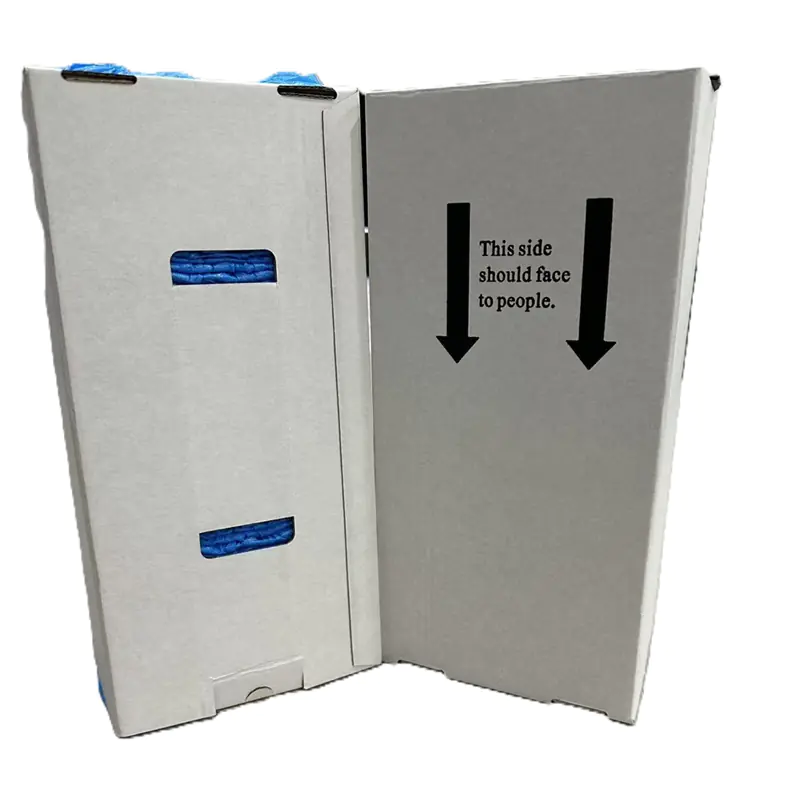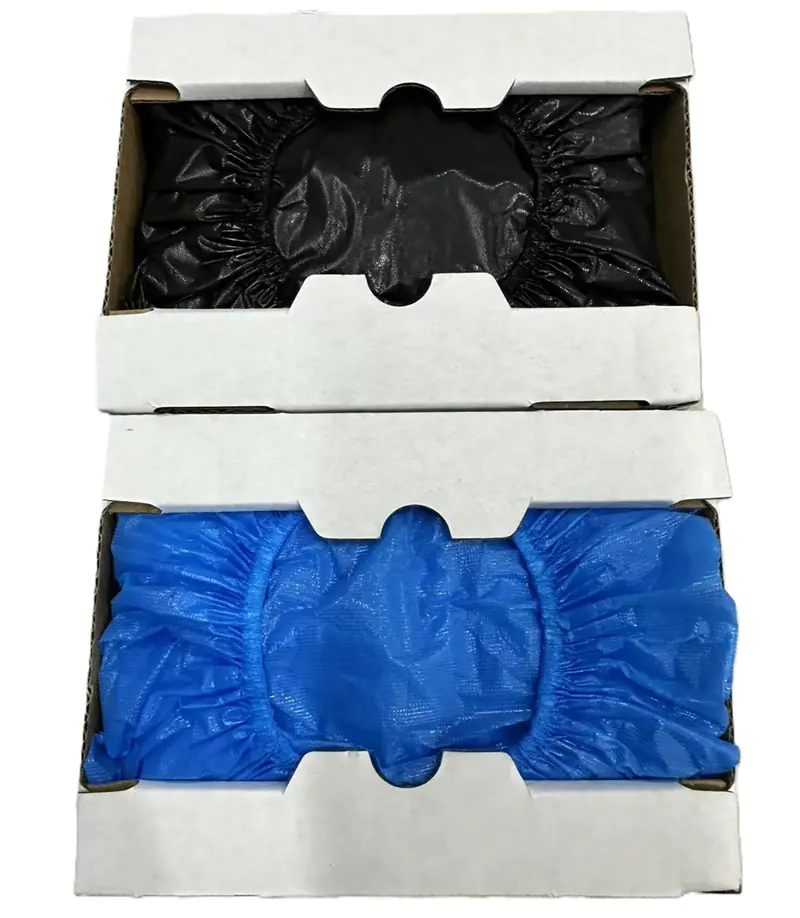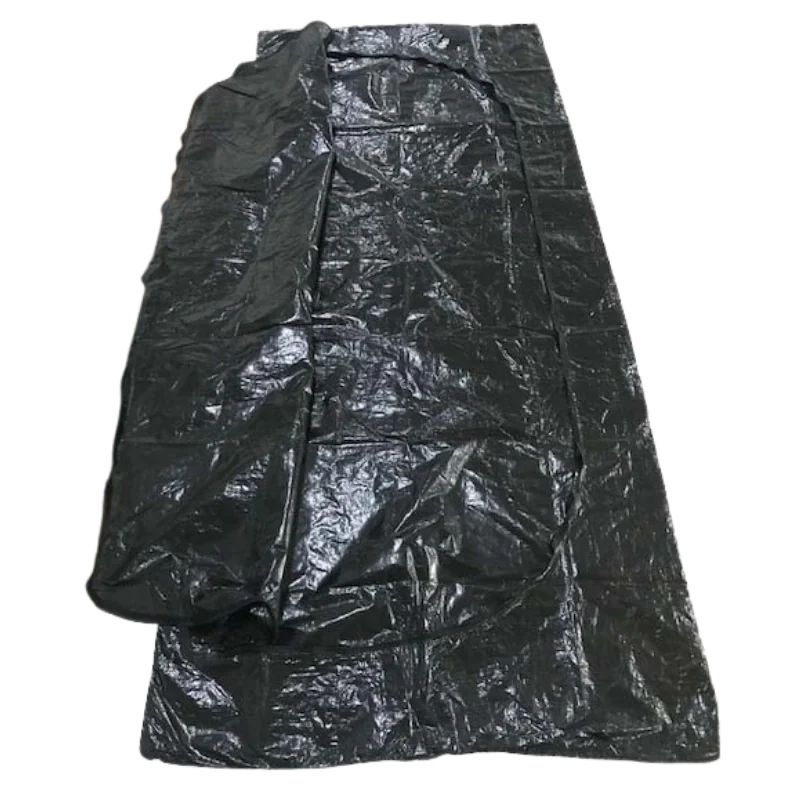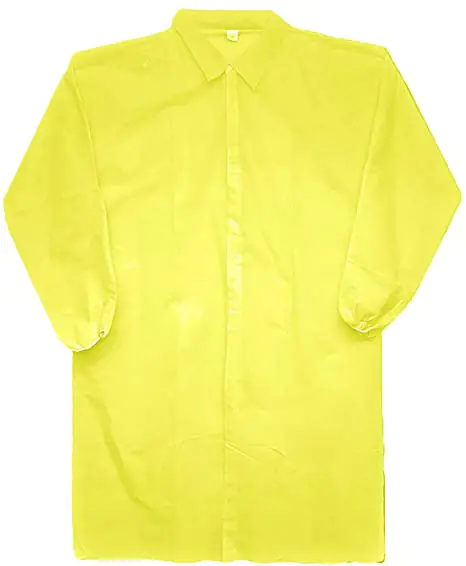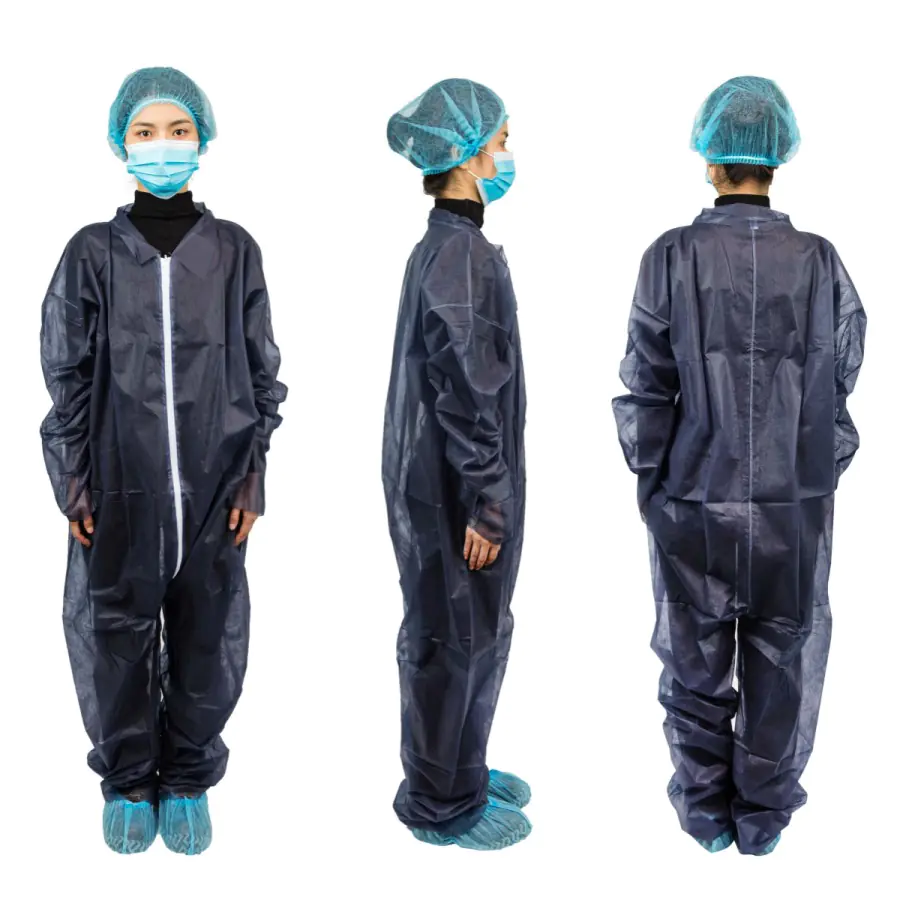Have you ever seen people wearing special face masks at work or in the hospital? Some masks look different from the simple blue ones. These special masks might be FFP masks. FFP stands for “Filtering Face Piece.” These masks are a type of respirator. A respirator is designed to protect you from breathing in harmful things in the air.
These masks are tested using rules set in Europe, called EN 149. This rule makes sure the masks work well. There are three main levels: FFP1, FFP2, and FFP3. Each level offers different amounts of protection. Let’s learn more about them!
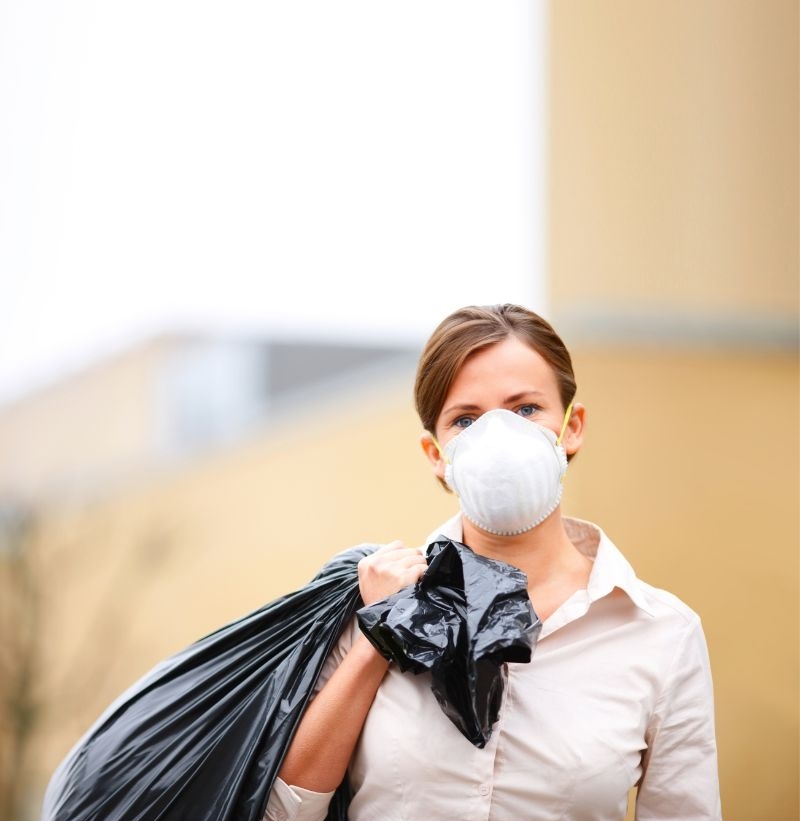
What Does FFP Mean?
- Filtering Face Piece.
- It means the mask itself is the filter. It covers your nose and mouth.
- It cleans the air you breathe in.
- These are disposable masks. This means you usually use them once, or for a short time, and then throw them away. They are not meant to be washed and reused like cloth masks.
The EN 149 standard checks two main things for these masks:
- Filtering Efficiency: How much stuff (like dust, smoke, or tiny drops called aerosols) the mask material can stop. This is shown as a percentage (%).
- Total Inward Leakage (TIL): How much air can leak in around the edges of the mask when you wear it. A good fit is very important to keep this leakage low.
The Three Levels of Protection: FFP1, FFP2, FFP3
The main difference between FFP1, FFP2, and FFP3 masks is how well they filter the air and how much leakage they allow.
FFP1 Masks
- Filter Level: Filters at least 80% of tiny particles in the air.
- Leakage: Allows maximum 22% leakage inside the mask.
- Protection Against: Non-toxic dust and water-based aerosols (tiny drops). They protect mostly against larger particles.
- Common Uses:
- General construction work (like sanding plaster by hand).
- Farming (handling hay).
- Food processing jobs.
- Basic DIY tasks at home.
- Sometimes used as a simple disposable dust mask.
FFP1 masks offer the lowest level of respirator protection in this group. They are not meant for protection against very fine dust, toxic materials, or viruses.
FFP2 Masks
- Filter Level: Filters at least 94% of tiny particles in the air. This includes fine dust, oil-based aerosols, and water-based aerosols.
- Leakage: Allows maximum 8% leakage inside the mask.
- Protection Against: Moderate levels of dust, solid and liquid aerosols. They protect against finer particles than FFP1 masks.
- Common Uses:
- Plastering, sanding (especially with power tools).
- Metalworking.
- Mining.
- Healthcare settings (sometimes used against viruses like the flu or COVID-19, similar to N95 or KN95 masks).
- Waste sorting.
FFP2 masks give much better protection than FFP1 masks. They are often required in workplaces where people might breathe in harmful dust or aerosols.
FFP3 Masks
- Filter Level: Filters at least 99% of tiny particles in the air. This is the highest level of filtration for FFP masks.
- Leakage: Allows maximum 2% leakage inside the mask. This means they need to fit very tightly.
- Protection Against: High levels of dust, solid and liquid aerosols, including very fine and toxic particles, bacteria, viruses, and mold spores.
- Common Uses:
- Handling dangerous powders in labs or pharmacies.
- Working with asbestos (special rules apply).
- High-risk healthcare situations (like working closely with patients who have very contagious diseases).
- Welding.
- Protection against radioactive particles.
FFP3 masks offer the highest level of protection among disposable FFP respirators. They are used when the risk from breathing in harmful things is very high.
Comparing FFP Levels: A Simple Table
Here is a table to quickly see the differences:
| Feature | FFP1 Mask | FFP2 Mask | FFP3 Mask |
|---|---|---|---|
| Minimum Filtration | 80% | 94% | 99% |
| Maximum Leakage (TIL) | 22% | 8% | 2% |
| Protects Against | Large dust particles | Finer dust, aerosols | Very fine/toxic particles, viruses |
| Example Uses | Basic DIY, farming | Plastering, some healthcare | Asbestos work, high-risk healthcare |
What About Valves on Masks?
You might see some FFP masks with a small plastic piece on the front. This is an exhalation valve.
- Masks WITH a Valve:
- Make it easier to breathe out. Warm, moist air goes out through the valve.
- Can feel more comfortable, especially if worn for a long time or during hard work.
- Important: The air you breathe out is not filtered by the valve. If you are sick (like with a cold or flu), a valved mask does not protect others from your germs.
- Masks WITHOUT a Valve (Non-Valved):
- Filter the air you breathe in AND the air you breathe out.
- Protect the wearer and also help protect people around the wearer.
- Can feel warmer or more stuffy inside than valved masks.
- Often required in hospitals or places where you need to protect others, not just yourself. Many standard disposable medical face masks are non-valved.
The choice between a valved or non-valved mask depends on why you need it. If you need to protect others, choose a non-valved mask. If only your protection matters and you need comfort, a valved mask might be okay (unless rules say otherwise).
Why Does the Fit Matter So Much?
An FFP mask only works well if it fits your face properly. There should be a tight seal all around the edges. If there are gaps, dirty air can leak in, and you won’t get the full protection level (FFP1, FFP2, or FFP3).
- Follow Instructions: Always read how to put the mask on correctly.
- Nose Clip: Most FFP masks have a metal strip at the top. Pinch this around your nose for a good seal.
- Check the Seal: You can do a “fit check.” Breathe in and out sharply. You should feel the mask pull slightly towards your face when you breathe in, and you shouldn’t feel air leaking around the edges when you breathe out.
- Facial Hair: Beards or even stubble can stop the mask from sealing properly. People needing high protection levels might need to be clean-shaven.
- Fit Testing: In some jobs (like healthcare or working with dangerous materials), workers must pass a formal “fit test” to make sure their specific mask fits them correctly.
Using FFP Masks Safely
Remember these points:
- Disposable: Most FFP masks are meant for single use or limited use. Replace them if they become dirty, damaged, or hard to breathe through.
- Hygiene: Wash your hands before putting on and after taking off a mask.
- Storage: Keep unused masks in a clean, dry place, often in their original packaging.
- Correct Level: Always use the FFP level recommended for the specific hazard you face. Using an FFP1 mask when you need FFP3 protection is dangerous.
Conclusion
FFP1, FFP2, and FFP3 masks are important tools for protecting your lungs from harmful things in the air. They offer different levels of filtration and have limits on how much air can leak in. FFP1 gives basic protection against large dust particles. FFP2 offers good protection against finer dust and aerosols. FFP3 provides the highest protection against very fine and dangerous particles. Choosing the right level and making sure the mask fits correctly are key to staying safe. Whether valved or non-valved, understanding these Filtering Face Pieces helps you choose and use them properly when needed.


